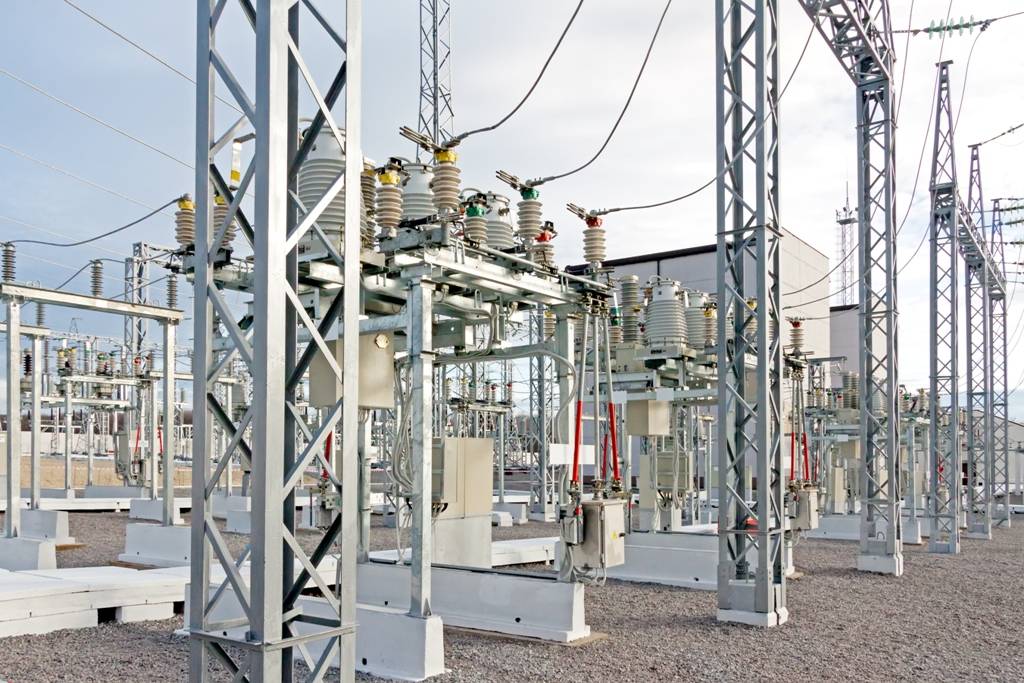Even the cleanest transformer oil coming from the manufacturer requires drying and degassing, as it is not possible to completely prevent the ingress of water and air. Also transformer oil can be contaminated with foreign particles during transportation. There are cases of incomplete removal of pieces of sorbents at the final stage of oil production.
In case of insufficient rinsing of transformer tanks, colloidal inclusions may get into the oil. They drastically deteriorate its insulating properties and reduce its flash point. The necessary methods of processing oil include: drying, degassing, filtering, and in some cases, adsorption filtration.
Transformer oil drying:
- thermal vacuum diffuse drying and degassing in special installations;
- filtration through a dried paper filter, with simultaneous drying and removal of solid particles. The disadvantage of this method is the need of paper drying. To achieve the transformer oil moisture content of 10g/t, cellulose product moisture content should not exceed 2-3%. There is also the danger of paper degradation under the influence of moisture and subsequent oil pollution;
- adsorption drying with zeolites. This method dries up to 1000 tons of transformer oil without zeolite regeneration. If we compare the price of zeolite and vacuum degassing plants, it should be noted that the first ones are much cheaper. They can be used where oil does not require degassing.
Operation process of vacuum oil degassing unit consists of two stages. The first stage is oil foaming under the influence of vacuum, which stimulates an intensive diffusion of gases and water vapor. However, a small portion of these substances still remains after deposition of foam. During the second stage, vacuum provokes slow diffusion of gases from a thin layer of oil in the unit. The main difference of the second stage is higher vacuum and heating of oil. The overall efficiency of the process is due to variation of temperature and flow of oil, supplied to the oil purifier unit.
Removal of mechanical impurities. Achieving a required purity of operated transformer oil is no less important than its profound dehydration. There can be the following sources of foreign particles:
- production (cellulose fibers, dust, microparticles of iron and copper);
- installation (sand, dust and dirt particles from the atmosphere, particles of sorbent).
The main task of transformer oil reclamation and purification is to remove solids with particle size less than 25 microns. It is necessary to maintain both at refill (in this case, oil is forced through imperfect filters) and during the purification directly in the transformer tank. In the latter case, small impurities move in the oil at relatively low speed. As a result, they are distributed by convection currents and simply fail to enter the filter.
Transformer oil breakdown voltage and coefficient of variation is measured to assess the presence of large mechanical particles or their amount. But this criterion can rather be considered indirectly.
For more information, the analysis of dispersion particles is conducted.

